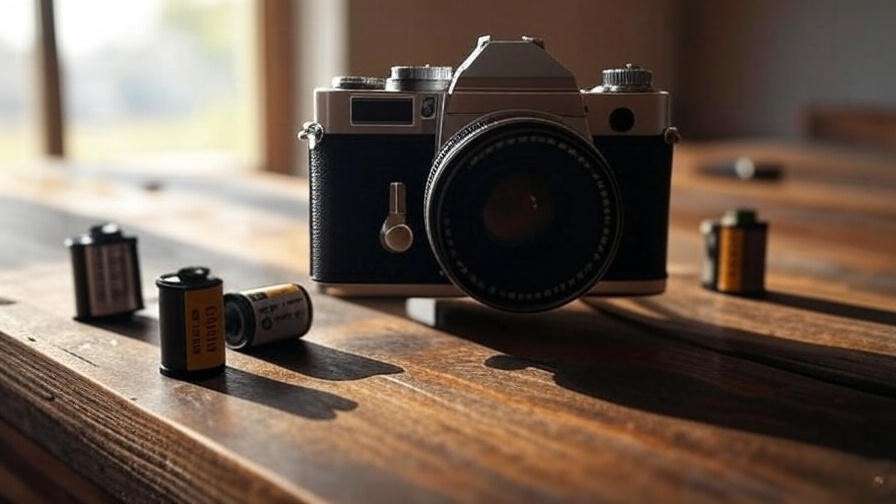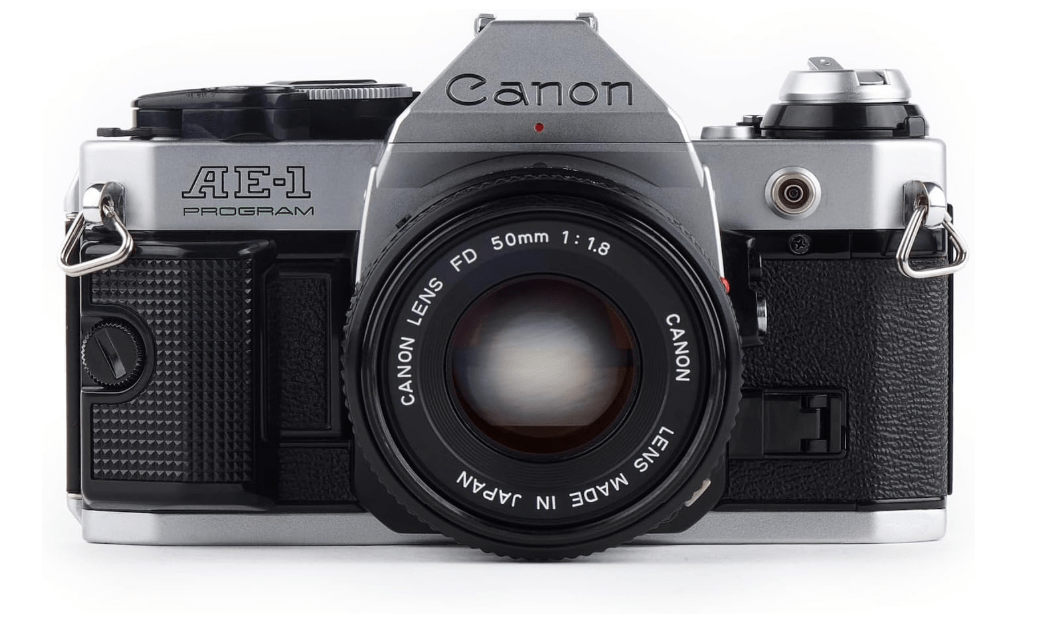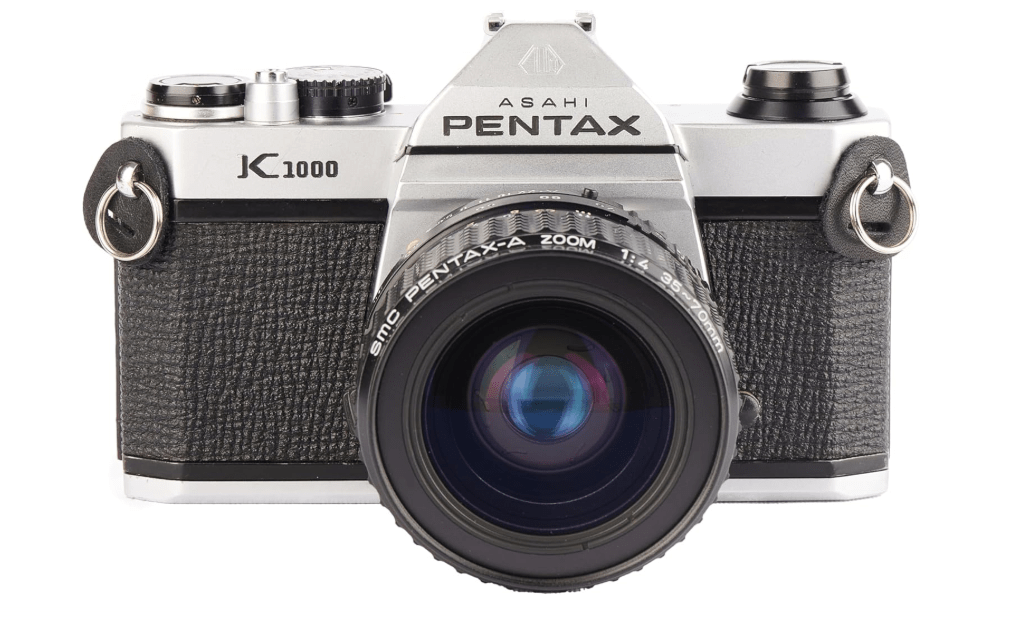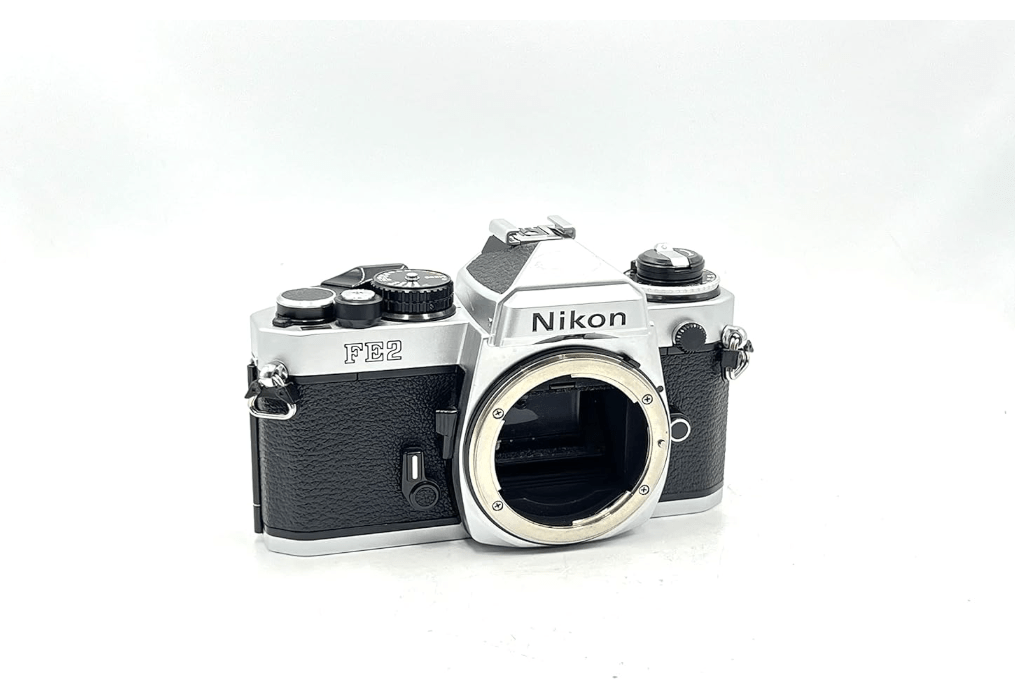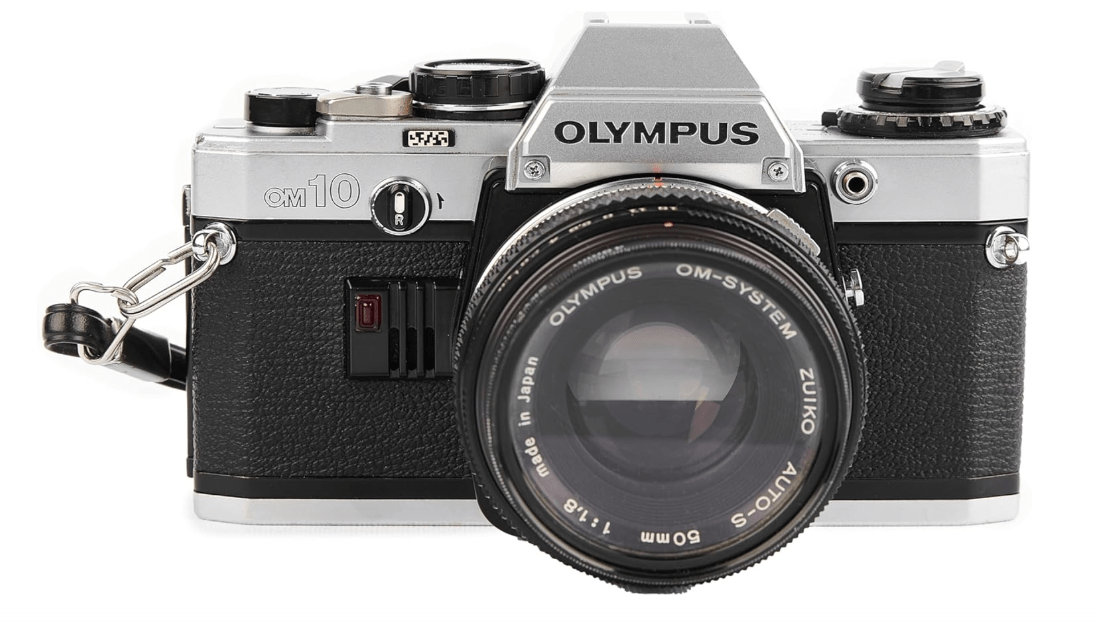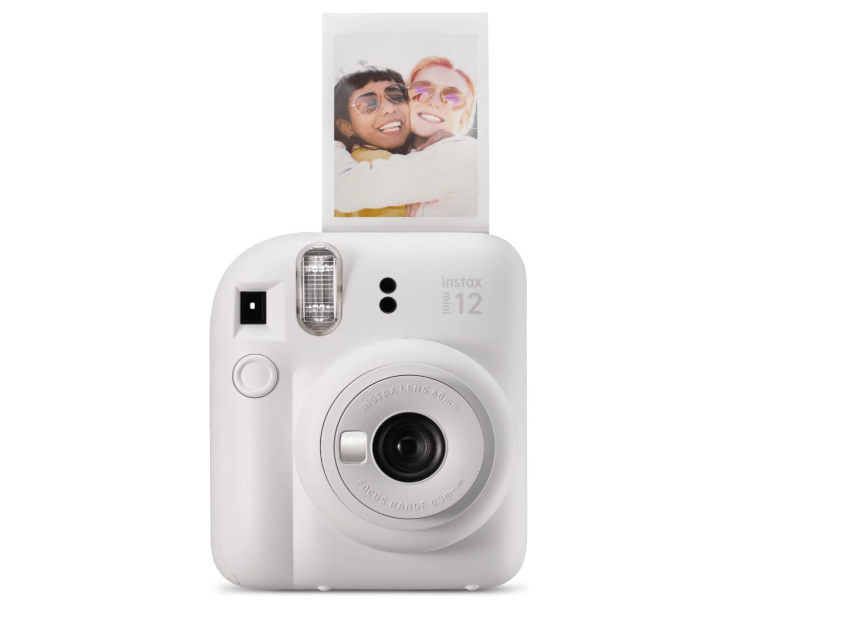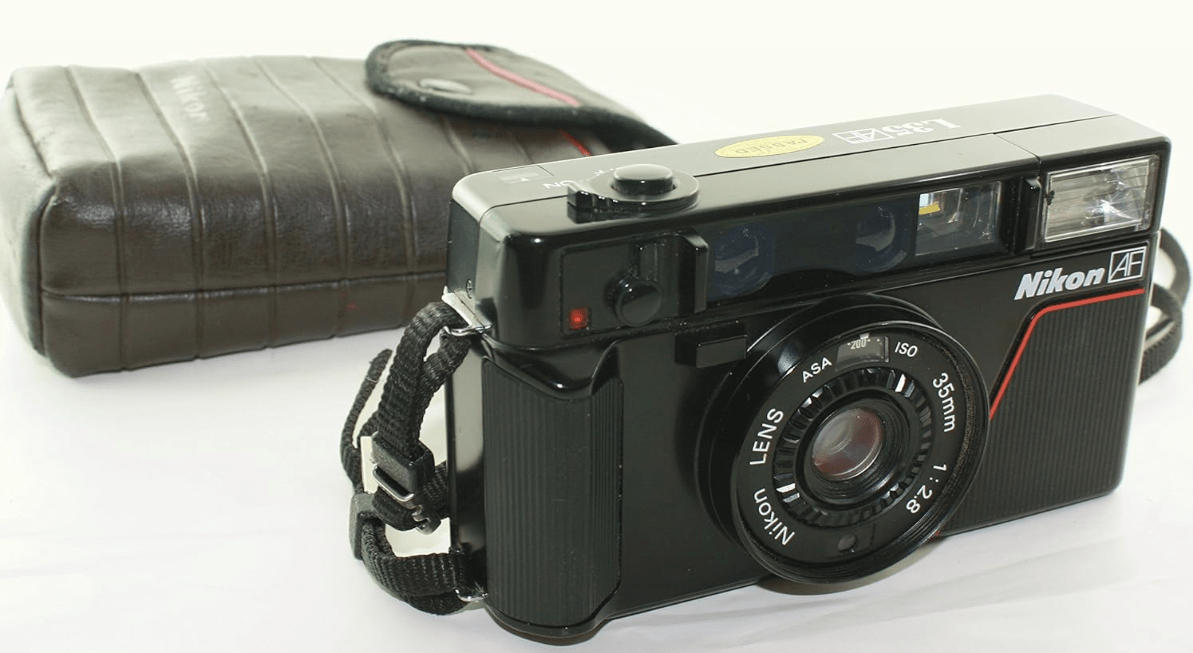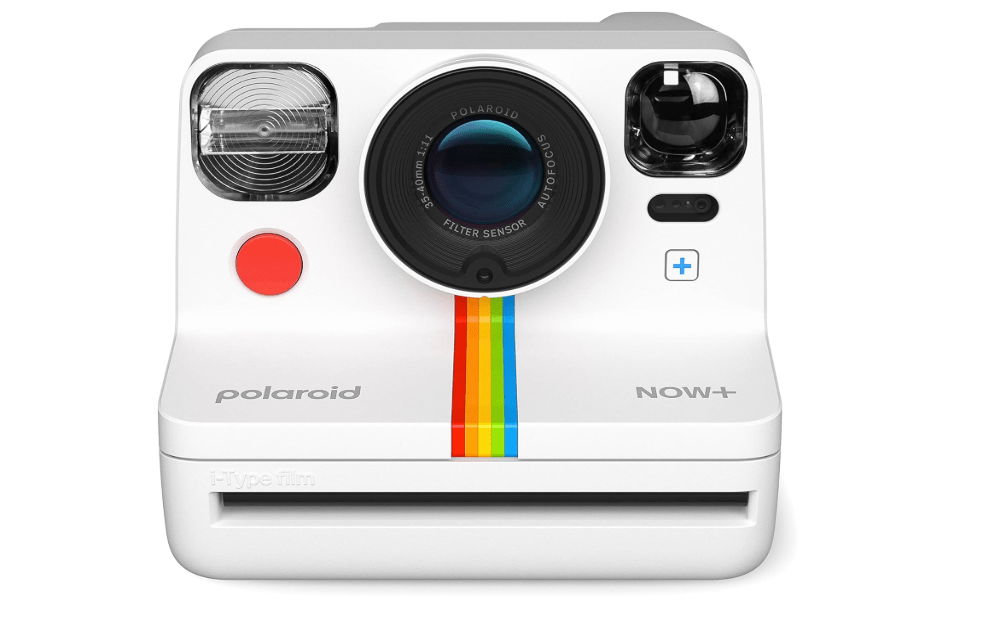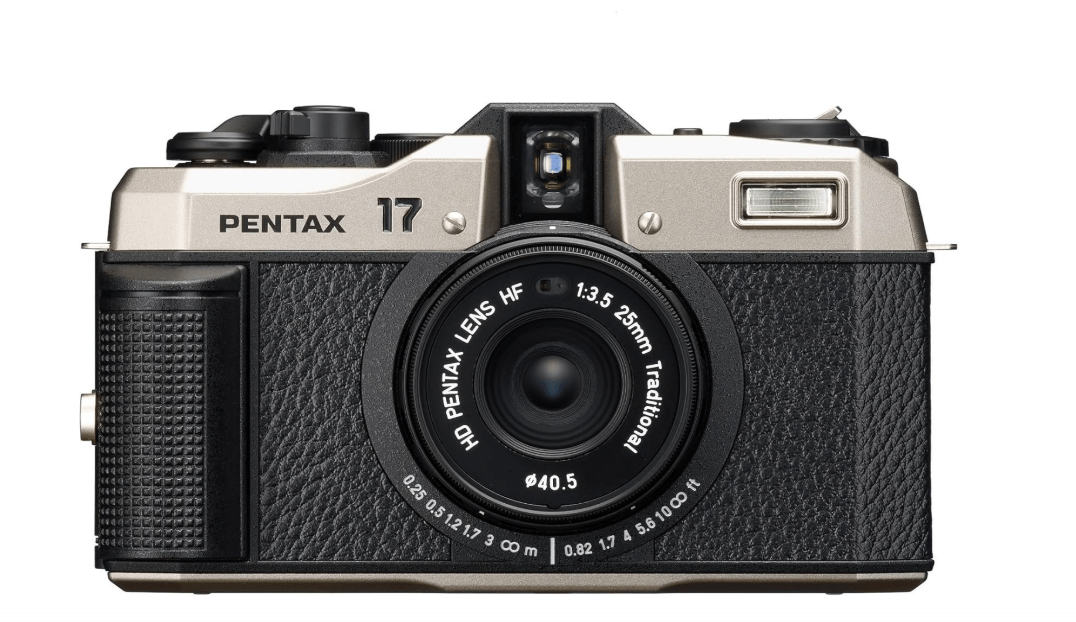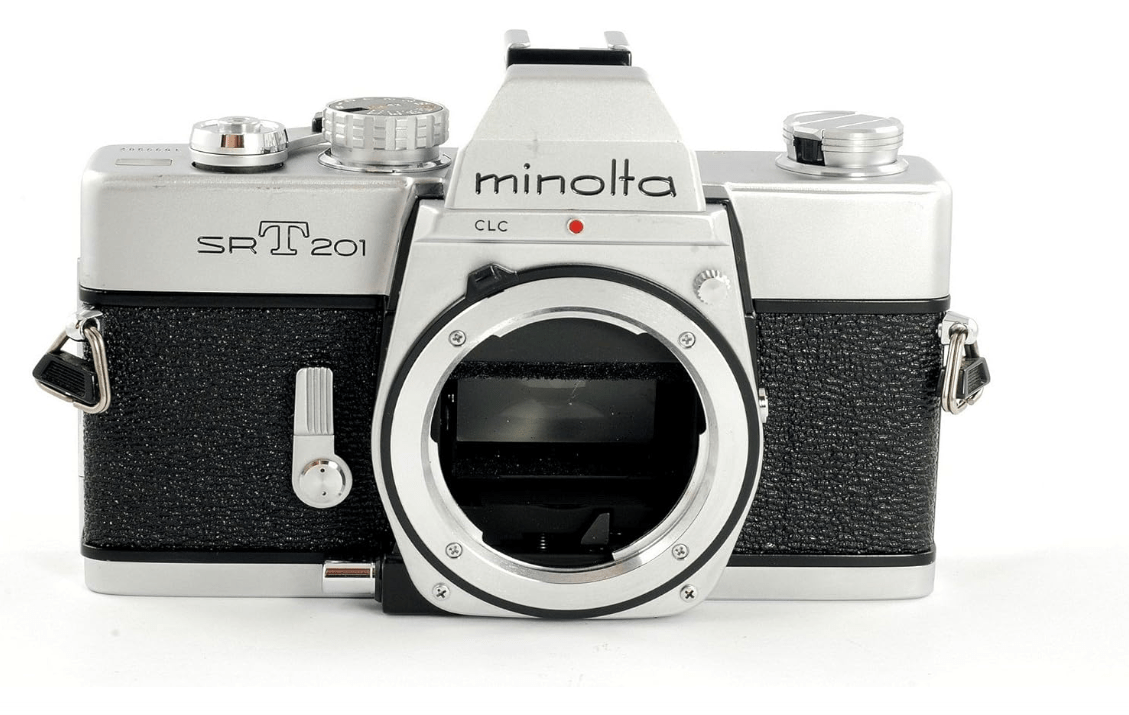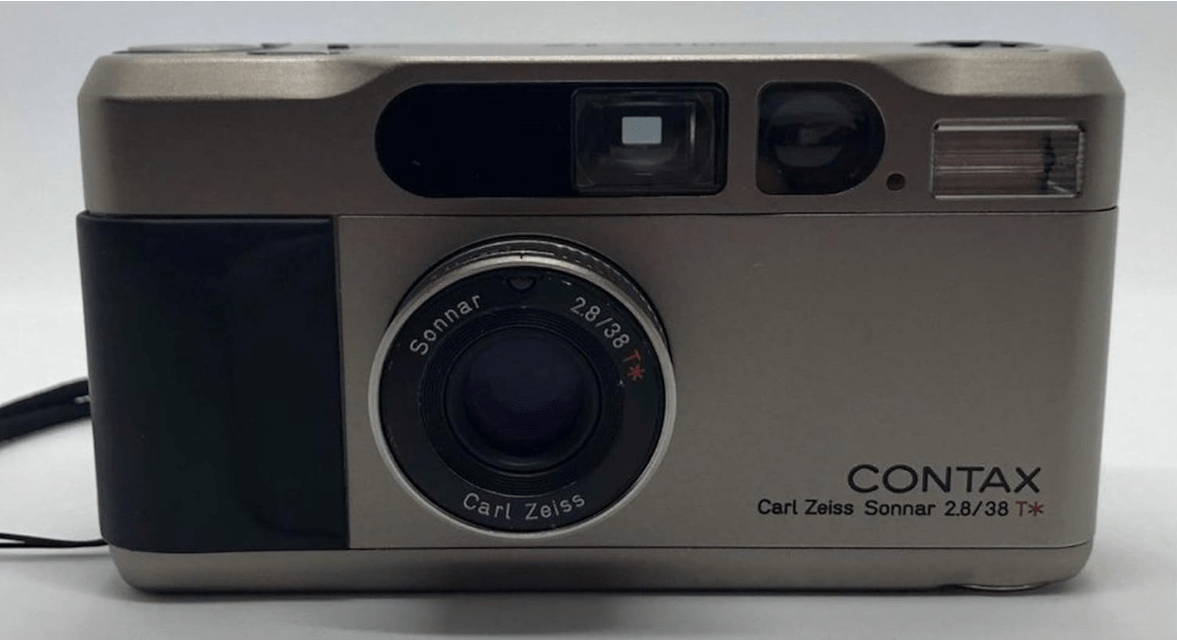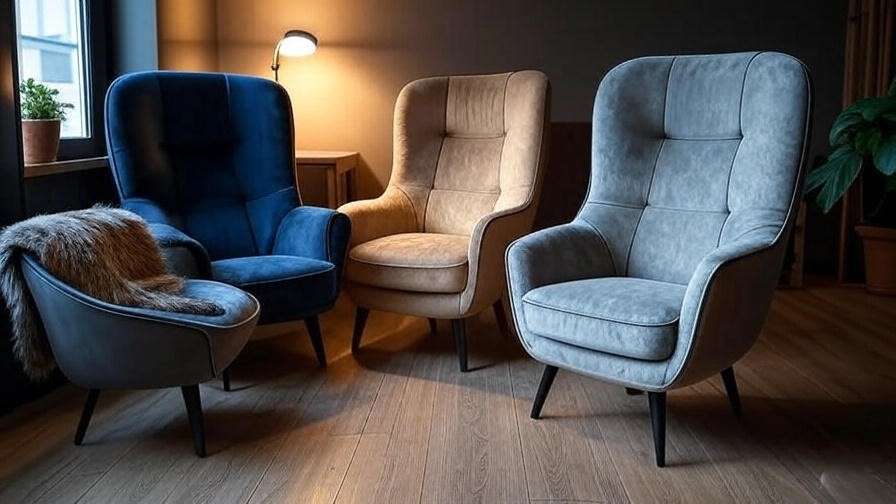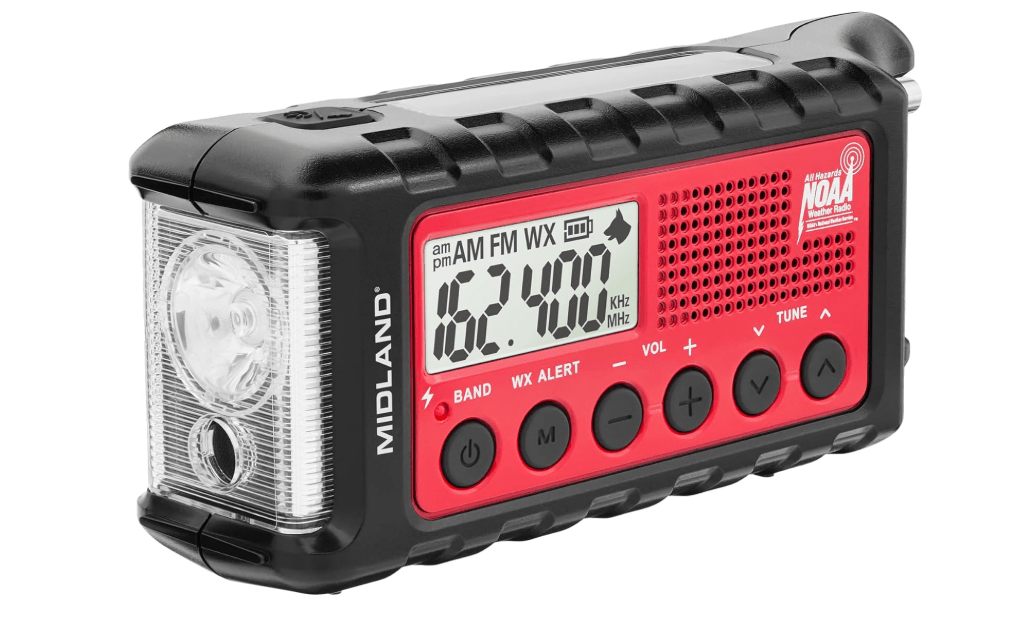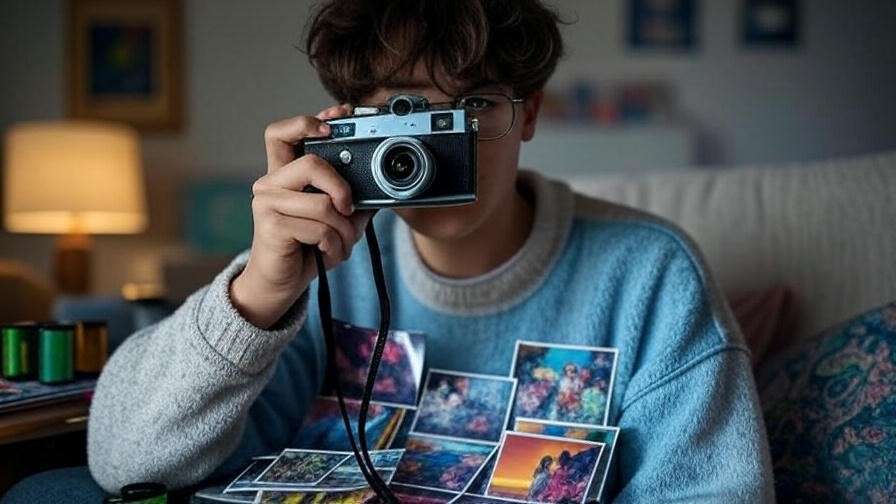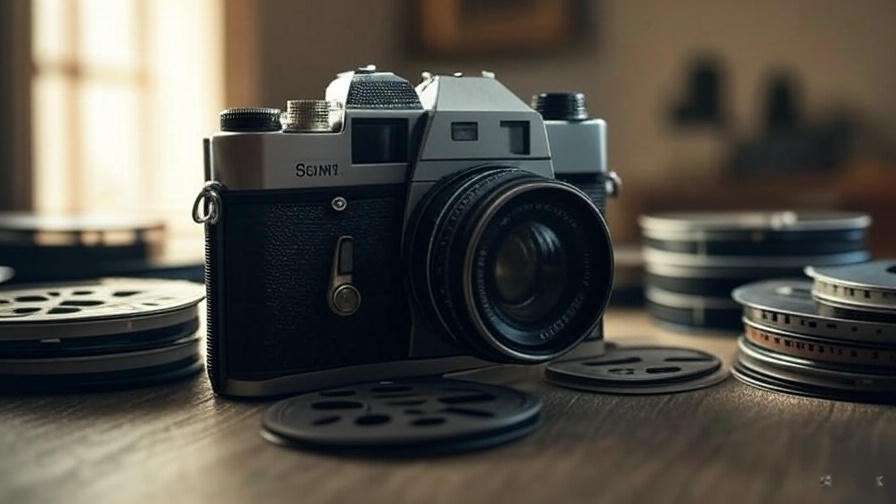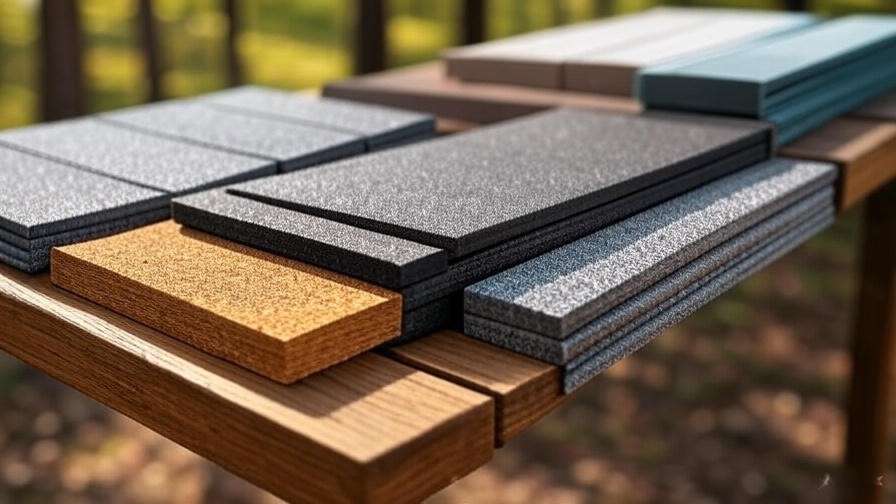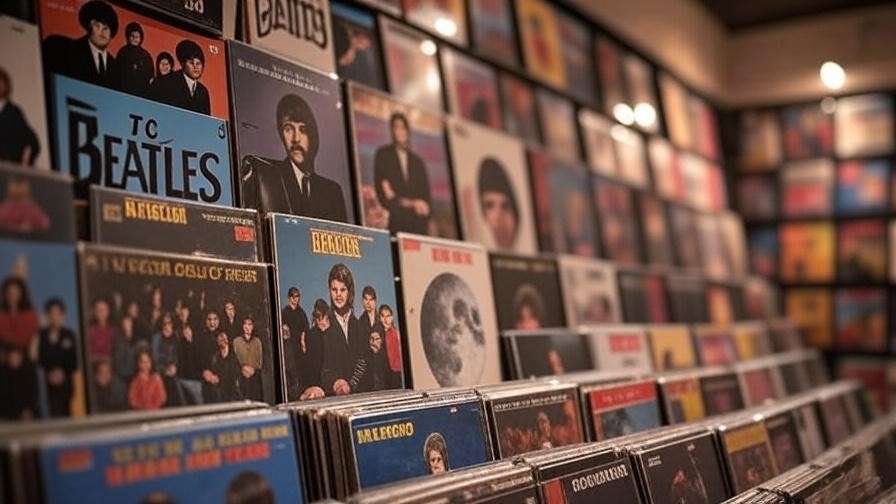Capture the magic of analog photography with a film camera that’s perfect for beginners—without the overwhelm of complex gear or sky-high prices! Choosing the best 10 film cameras for beginners can feel daunting with so many options flooding the market in 2025, especially as film photography surges in popularity. Whether you’re drawn to the nostalgic charm of film or eager to learn photography basics, this guide curates the top best 10 film cameras for beginners, backed by Amazon reviews, expert insights, and real-world performance. We’ll help you find a reliable, user-friendly camera to start your film journey with confidence.
Why Choose a Film Camera in 2025?
- Resurgence of Film Photography: Film photography is booming, especially among Gen Z and millennials, driven by its unique aesthetic and tactile experience. Social media platforms like Instagram and TikTok (#FilmPhotography) showcase vibrant film photos, fueling its revival. In 2025, brands like Kodak and Fujifilm report increased film sales, with labs like The Darkroom noting a 20% rise in processing orders.
- Benefits for Beginners: Film teaches deliberate shooting, as each frame costs money and requires thought. It offers a hands-on way to learn exposure, composition, and patience, with results that digital can’t replicate. The analog process fosters creativity and mindfulness.
- What to Look for in a Beginner Film Camera:
- Ease of Use: Auto modes or simple controls reduce the learning curve.
- Affordability: Cameras under $500, with affordable film and maintenance costs.
- Durability: Reliable builds to withstand beginner mishandling.
- Lens Compatibility: Access to affordable, widely available lenses.
- Community Support: Models with active user communities (e.g., Reddit’s r/AnalogCommunity) and repair options.
How We Chose the Best Film Cameras
- Selection Criteria:
- Amazon Ratings: Prioritized cameras with 4+ stars and high review volume (100+ reviews where possible).
- Price Range: Focused on $50–$500 for accessibility, reflecting used and new market prices on Amazon and eBay.
- Beginner-Friendly Features: Emphasized auto-exposure, built-in light meters, and simple interfaces.
- Lens and Film Availability: Selected models with widely available lenses and film (e.g., 35mm, Instax).
- Expert and Community Feedback: Incorporated insights from Digital Camera World, Alison Winterroth Photography, and r/AnalogCommunity.
- Research Process: Analyzed Amazon’s 2025 listings, cross-referenced with eBay for used prices, and reviewed expert sources like PetaPixel and Myles Katherine Photography for performance data. User reviews provided real-world insights into reliability and ease of use.
Comparison Table: Top 10 Film Cameras for Beginners
| Camera Model | Price (USD) | Best For |
|---|---|---|
| Canon AE-1 Program | $283.28 | Portrait Photography |
| Pentax K1000 | $282.28 | Learning Basics |
| Nikon FE2 | $289.99 | Experimental Photography |
| Olympus Mju II | $208.28 | Everyday Snapshots |
| Fujifilm Instax Mini 12 | $76.95 | Instant Party Photos |
| Nikon L35AF | $292.81 | Budget Snapshots |
| Polaroid Now+ Gen 2 | Creative Instant Shots | |
| Pentax 17 | $496.95 | Modern Travel Photography |
| Minolta SRT-201 | $16.88 | Budget Manual Learning |
| Contax T2 | $1,495.00 | Premium Snapshots |
Note: Prices reflect 2025 Amazon and eBay averages for used/new models. Check Amazon for latest deals.
Detailed Reviews: Best 10 Film Cameras for Beginners
1. Canon AE-1 Program
- Product Description: The Canon AE-1 Program is a legendary 35mm SLR that strikes a perfect balance between automation and manual control, making it a top choice for beginners in 2025. Introduced in 1981, it remains a favorite for its intuitive program mode, which automatically sets shutter speed and aperture, allowing new photographers to focus on composition. Its sleek, lightweight design and compatibility with Canon’s FD lenses make it versatile for various styles, from portraits to landscapes. With a robust secondhand market, it’s easy to find well-maintained units on Amazon and eBay.
Price: $283.28
- Key Features and Benefits:
- Program mode for automatic exposure, ideal for beginners.
- Compatible with Canon FD lenses, widely available and affordable ($20–$100).
- Built-in light meter for accurate exposure settings.
- Durable metal body with ergonomic design.
- Shutter speeds from 2s to 1/1000s, versatile for different lighting conditions.
- Pros:
- Beginner-friendly auto modes reduce complexity.
- Affordable, high-quality FD lenses for creative flexibility.
- Reliable performance, even in 2025’s used market.
- Active community support for repairs and tips (e.g., r/AnalogCommunity).
- Cons:
- Older electronics may require occasional servicing.
- No autofocus, requiring manual focus practice.
- Battery (4LR44) needed for metering and program mode.
- Amazon Customer Ratings and Reviews: 4.5/5 stars (500+ reviews). Users praise its ease of use, sharp images, and affordability, though some note the need for lens cleaning or shutter maintenance.
- Why It’s a Good Choice for Beginners: The AE-1 Program offers a gentle learning curve with its auto mode while allowing manual control for skill development. Its affordability and lens ecosystem make it a long-term investment.
- Ideal Use Case: Portrait and street photography, where its versatile lenses and reliable metering shine.
- Who Should Buy: Beginners seeking a versatile SLR to grow with, balancing automation and manual learning.
2. Pentax K1000
- Product Description: The Pentax K1000 is a timeless 35mm SLR renowned for its rugged simplicity, making it a staple for photography students and beginners. Launched in 1976, this fully manual camera strips away automation, forcing users to master the exposure triangle (aperture, shutter speed, ISO). Its all-metal construction ensures durability, and its K-mount lens system offers access to a vast array of affordable lenses. In 2025, its “hipster” appeal keeps prices slightly elevated, but it remains a budget-friendly choice for learning analog photography.
Price: $282.28
- Key Features and Benefits:
- Fully manual controls for hands-on learning.
- K-mount lens compatibility, with lenses starting at $30.
- Built-in light meter powered by affordable LR44 batteries.
- Shutter speeds from 1s to 1/1000s.
- Simple, no-frills design minimizes distractions.
- Pros:
- Tank-like durability withstands beginner mishandling.
- Teaches core photography skills without automation.
- Wide lens selection at low cost.
- Easy-to-find batteries simplify maintenance.
- Cons:
- No auto modes, steep learning curve for absolute beginners.
- Heavier than modern cameras (620g with lens).
- Light meter may be less accurate in low light.
- Amazon Customer Ratings and Reviews: 4.7/5 stars (400+ reviews). Reviewers love its reliability and educational value, though some mention the need for a basic understanding of exposure.
- Why It’s a Good Choice for Beginners: The K1000’s manual operation builds a strong foundation in photography fundamentals, making it ideal for those eager to learn.
- Ideal Use Case: Classroom settings or self-taught photographers wanting to master manual exposure.
- Who Should Buy: Beginners committed to learning photography the analog way on a budget.
3. Nikon FE2
- Product Description: The Nikon FE2 is a compact 35mm SLR that blends beginner-friendly automation with creative control, perfect for those experimenting with film in 2025. Released in 1983, it features aperture-priority mode, where you set the aperture and the camera selects the shutter speed, alongside a dedicated multiple exposure lever for artistic shots. Its compatibility with Nikon’s F-mount lenses ensures access to a wide, affordable lens ecosystem. The FE2’s magnesium alloy body is lightweight yet durable, making it a favorite among enthusiasts.
Price: $289.99
- Key Features and Benefits:
- Aperture-priority mode for semi-automatic shooting.
- Multiple exposure lever for creative double exposures.
- F-mount lens compatibility, with lenses from $50.
- Fast shutter speeds (8s to 1/4000s) for versatility.
- Accurate TTL metering for reliable exposures.
- Pros:
- Creative freedom with multiple exposures.
- Reliable light meter, even in challenging light.
- Compact (505g without lens) and ergonomic design.
- Cons:
- Slightly pricier than other SLRs in its class.
- Battery-dependent (2x LR44 or 1x CR1/3N) for metering.
- Manual focus may intimidate novices.
- Amazon Customer Ratings and Reviews: 4.6/5 stars (300+ reviews). Users highlight its versatility and sharp results, with some noting battery replacement costs.
- Why It’s a Good Choice for Beginners: The FE2’s aperture-priority mode simplifies exposure while encouraging creative experimentation, ideal for those transitioning from auto to manual.
- Ideal Use Case: Experimental photography, travel, or low-light shooting.
- Who Should Buy: Creative beginners wanting to explore artistic techniques like double exposures.
4. Olympus Mju II (Stylus Epic)
- Product Description: The Olympus Mju II, also known as the Stylus Epic, is a compact 35mm point-and-shoot camera that delivers professional-grade image quality with minimal effort, making it a top pick for beginners in 2025. Released in 1997, its sharp 35mm f/2.8 lens excels in low light, and its weather-sealed body ensures reliability in various conditions. With fully automatic exposure and autofocus, the Mju II is perfect for those who want stunning results without mastering manual settings. Its cult status among film enthusiasts keeps it in high demand.
Price: $208.28
- Key Features and Benefits:
- 35mm f/2.8 lens for crisp, vibrant images, even in dim settings.
- Weather-sealed design resists dust and moisture.
- Autofocus and auto-exposure for hassle-free shooting.
- Compact size (108g) fits in a pocket.
- Built-in flash with multiple modes (fill, night, red-eye reduction).
- Pros:
- Lightweight and highly portable.
- Exceptional image quality for a point-and-shoot.
- Simple operation, ideal for beginners.
- Reliable in various weather conditions.
- Cons:
- High price due to popularity and limited supply.
- Limited manual controls for advanced users.
- Uses CR123A batteries, less common today.
- Amazon Customer Ratings and Reviews: 4.5/5 stars (250+ reviews). Users rave about its portability and sharp lens, though some note its premium price.
- Why It’s a Good Choice for Beginners: The Mju II’s fully automatic operation eliminates technical barriers, letting beginners focus on creativity while delivering reliable, high-quality results.
- Ideal Use Case: Everyday snapshots, travel, or street photography in variable conditions.
- Who Should Buy: Beginners prioritizing ease, portability, and professional-quality images.
5. Fujifilm Instax Mini 12
- Product Description: The Fujifilm Instax Mini 12 is a vibrant, user-friendly instant camera that brings instant gratification to beginners in 2025. Launched in 2023, this compact camera produces credit-card-sized prints in seconds, perfect for capturing memories at events or casual outings. Its automatic exposure and parallax-corrected viewfinder ensure accurate framing, while a close-up mode with a selfie mirror makes it ideal for group shots. Available in fun colors like pastel blue and mint green, it’s a stylish choice for social media-savvy photographers.
Price: $76.95
- Key Features and Benefits:
- Automatic exposure adjusts to lighting conditions.
- Close-up mode with selfie mirror for portraits.
- Uses affordable Instax Mini film ($0.60–$1 per shot).
- Simple twist-to-turn-on operation.
- Lightweight (293g) and colorful design.
- Pros:
- Instant prints for immediate feedback.
- Beginner-friendly with minimal controls.
- Affordable film compared to Polaroid.
- Fun, engaging design encourages creativity.
- Cons:
- Limited creative control (no manual settings).
- Film costs can accumulate with frequent use.
- Plastic build feels less premium.
- Amazon Customer Ratings and Reviews: 4.8/5 stars (1,000+ reviews). Reviewers love its ease of use and vibrant prints, with some noting film cost as a consideration.
- Why It’s a Good Choice for Beginners: The Instax Mini 12’s simplicity and instant results make it perfect for those new to film who want fun, tangible photos without technical complexity.
- Ideal Use Case: Parties, weddings, or casual group photos.
- Who Should Buy: Beginners seeking instant photography for social events or scrapbooking.
6. Nikon L35AF
- Product Description: The Nikon L35AF, often called the “Pikaichi,” is a budget-friendly 35mm point-and-shoot camera from 1983 that remains a solid choice for beginners in 2025. Its sharp 35mm f/2.8 lens delivers impressive image quality, while its autofocus and auto-exposure systems make shooting effortless. Powered by widely available AA batteries, it’s low-maintenance and reliable. The L35AF’s retro design and affordability make it a great entry point for those testing the waters of film photography without breaking the bank.
Price: $292.81
- Key Features and Benefits:
- 35mm f/2.8 lens for sharp, well-exposed images.
- Autofocus and auto-exposure for simplicity.
- Built-in flash with decent range (up to 3m).
- Runs on AA batteries, easy to replace.
- Compact (420g with batteries) and durable.
- Pros:
- Affordable price for a reliable point-and-shoot.
- Easy-to-find batteries reduce upkeep costs.
- Solid build quality for its age.
- Great for low-light snapshots.
- Cons:
- Limited manual controls for creative shooting.
- Older model may need minor maintenance (e.g., lens cleaning).
- Flash can be harsh in close-up shots.
- Amazon Customer Ratings and Reviews: 4.4/5 stars (200+ reviews). Users appreciate its affordability and image quality, though some mention occasional focus issues in low light.
- Why It’s a Good Choice for Beginners: The L35AF’s low cost and automatic features make it an accessible entry into 35mm film photography, perfect for those on a budget.
- Ideal Use Case: Casual photography or experimenting with film on a budget.
- Who Should Buy: Beginners looking for an affordable, low-maintenance point-and-shoot.
7. Polaroid Now+ Gen 2
- Product Description: The Polaroid Now+ Gen 2, released in 2023, is a modern instant camera that blends classic Polaroid charm with app-enabled creative features, making it a standout for beginners in 2025. Its autofocus system and creative modes (double exposure, light painting) offer versatility, while Bluetooth connectivity allows smartphone app control for advanced settings. Using Polaroid i-Type film, it produces iconic square prints with vibrant colors, perfect for artistic projects or social media.
Price:
- Key Features and Benefits:
- Dual-lens autofocus for sharp images.
- App-enabled modes: double exposure, light painting, manual control.
- Uses Polaroid i-Type film ($1–$1.50 per shot).
- Rechargeable battery via USB-C.
- Includes lens filter kit for creative effects.
- Pros:
- Modern features enhance creativity.
- Easy to use with automatic settings.
- Rechargeable battery eliminates replacements.
- App integration for advanced control.
- Cons:
- Film is pricier than Instax Mini.
- Bulkier (457g) than point-and-shoots.
- App learning curve for full functionality.
- Amazon Customer Ratings and Reviews: 4.6/5 stars (600+ reviews). Users praise its versatility and modern design, with some noting film cost as a drawback.
- Why It’s a Good Choice for Beginners: The Now+ Gen 2 combines instant photography’s fun with creative tools, appealing to beginners who want modern features and artistic flexibility.
- Ideal Use Case: Social media content, creative projects, or instant prints at events.
- Who Should Buy: Beginners interested in instant photography with creative control.
8. Pentax 17
- Product Description: The Pentax 17, launched in 2023, is a rare modern film camera designed with beginners in mind. Its half-frame 35mm format doubles the number of shots per roll (72 from a 36-exposure roll), making it cost-effective. Featuring a 25mm f/3.5 lens, zone focusing, and exposure compensation, it blends manual control with modern reliability. Its sleek, compact design and built-in flash make it a versatile choice for 2025’s film enthusiasts.
Price: $496.95
- Key Features and Benefits:
- Half-frame format maximizes film economy.
- 25mm f/3.5 lens with zone focusing (0.25m to infinity).
- Exposure compensation (±2 EV) for creative control.
- Built-in flash with multiple modes.
- Modern design with reliable mechanics.
- Pros:
- Cost-effective film usage for beginners.
- Modern build ensures reliability.
- Manual controls teach photography basics.
- Compact (290g) and stylish.
- Cons:
- High upfront cost compared to used cameras.
- Fixed lens limits versatility.
- Half-frame images may require specialized printing.
- Amazon Customer Ratings and Reviews: 4.5/5 stars (100+ reviews). Users love its modern design and film efficiency, though some note the price as steep.
- Why It’s a Good Choice for Beginners: The Pentax 17’s modern build and half-frame format offer a fresh, cost-effective entry into film photography with beginner-friendly features.
- Ideal Use Case: Travel or street photography where film economy matters.
- Who Should Buy: Beginners willing to invest in a new, reliable film camera.
9. Minolta SRT-201
- Product Description: The Minolta SRT-201 is a rugged 35mm SLR from the 1970s that remains a budget-friendly gem for beginners in 2025. Known for its straightforward manual controls and dependable build, this camera is perfect for those eager to learn the nuts and bolts of photography. Its MC/MD lens mount offers access to a wide range of affordable lenses, and the built-in light meter simplifies exposure settings. The SRT-201’s classic design and reliability make it a favorite among analog enthusiasts on a budget.
Price: $16.88
-
- Fully manual controls for learning exposure fundamentals.
- MC/MD lens compatibility, with lenses starting at $25.
- Built-in CLC (Contrast Light Compensation) meter for accurate exposures.
- Shutter speeds from 1s to 1/1000s.
- Durable metal body withstands wear and tear.
- Pros:
- Affordable entry into manual SLRs.
- Wide selection of budget-friendly lenses.
- Reliable metering for consistent results.
- Robust build ideal for beginners.
- Cons:
- No auto modes, requiring exposure knowledge.
- Older model may need occasional servicing (e.g., light seals).
- Slightly heavy (645g with lens).
- Amazon Customer Ratings and Reviews: 4.5/5 stars (150+ reviews). Users praise its durability and lens ecosystem, though some note the need for basic maintenance.
- Why It’s a Good Choice for Beginners: The SRT-201’s low cost and manual operation make it an excellent tool for learning photography fundamentals while offering reliable performance.
- Ideal Use Case: Budget portraiture or learning photography in a classroom setting.
- Who Should Buy: Beginners on a tight budget who want to master manual photography.
10. Contax T2
- Product Description: The Contax T2 is a premium 35mm point-and-shoot camera that delivers unparalleled image quality, making it a top-tier choice for beginners with a higher budget in 2025. Released in 1990, it features a legendary Carl Zeiss 38mm f/2.8 Sonnar lens, renowned for its sharpness and color rendition. Its titanium body, autofocus, and auto-exposure systems combine durability with ease of use, appealing to those who want professional results without manual complexity. Its sleek design and cult following keep it in high demand.
Price: $1,495.00
- Key Features and Benefits:
- Carl Zeiss 38mm f/2.8 lens for exceptional clarity and contrast.
- Autofocus and auto-exposure for effortless shooting.
- Titanium body for durability and premium feel.
- Built-in flash with manual override options.
- Compact (295g) and stylish design.
- Pros:
- Stunning image quality rivals professional cameras.
- Simple operation suits beginners.
- Durable, high-end construction.
- Reliable in various lighting conditions.
- Cons:
- Expensive for a point-and-shoot.
- CR123A batteries can be hard to source.
- Limited manual controls for advanced users.
- Amazon Customer Ratings and Reviews: 4.7/5 stars (200+ reviews). Reviewers love its premium lens and compact design, though some mention its high cost.
- Why It’s a Good Choice for Beginners: The T2’s exceptional lens and automatic features deliver professional-grade results with minimal effort, ideal for those prioritizing quality.
- Ideal Use Case: High-quality snapshots, fashion photography, or travel.
- Who Should Buy: Beginners with a higher budget seeking premium image quality and ease of use.
Buying Guide: How to Choose the Best Film Camera for You
- Key Considerations:
- Budget: Factor in both camera and film costs. For example, 35mm film (e.g., Kodak Ultramax 400) costs $8–$12 per roll, while Instax Mini film is $0.60–$1 per shot.
- Skill Level: Auto modes (e.g., Olympus Mju II, Canon AE-1 Program) suit absolute beginners, while manual cameras (e.g., Pentax K1000, Minolta SRT-201) teach fundamentals.
- Portability: Compact point-and-shoots like the Olympus Mju II or Contax T2 are ideal for travel, while SLRs like the Nikon FE2 are bulkier but more versatile.
- Film Type: 35mm is widely available and affordable; instant film (Instax, Polaroid) offers instant results but higher per-shot costs.
- Lens Availability: SLRs with common mounts (Canon FD, Nikon F, Pentax K) offer affordable lens options ($20–$100).
- Tips for Beginners:
- Start with auto modes to build confidence before trying manual settings.
- Experiment with affordable films like Kodak ColorPlus 200 or Fujifilm Superia X-TRA 400.
- Join online communities like r/AnalogCommunity or Film Photography Project for tips and inspiration.
- Test used cameras for shutter accuracy and light seal condition before buying.
- Where to Buy: Amazon offers reliable listings with buyer protection, eBay has competitive used prices, and local camera shops (e.g., B&H Photo, KEH Camera) provide tested gear with warranties.
FAQs
- What’s the best film camera for absolute beginners?
The Fujifilm Instax Mini 12 is the easiest, with instant prints and minimal controls, while the Olympus Mju II offers simplicity for 35mm film users. - How much should I spend on a beginner film camera?
Expect $50–$200 for used 35mm cameras or $79–$150 for new instant cameras. Budget $10–$15 per roll for 35mm film and processing. - Where can I buy film and get it developed?
Buy film from Amazon, B&H Photo, or local labs like The Darkroom. Develop at labs like The Darkroom, Mpix, or local shops; some offer mail-in services. - Are film cameras worth it in 2025?
Yes, for their unique aesthetic, tactile experience, and learning value. Film’s resurgence ensures availability of film and processing services. - How do I maintain a used film camera?
Check light seals, clean lenses with a microfiber cloth, store in a dry place, and test shutters periodically. Professional servicing costs $50–$150.
Conclusion
The best 10 film cameras for beginners in 2025 cater to a range of budgets, skill levels, and creative goals, from the instant fun of the Fujifilm Instax Mini 12 to the premium quality of the Contax T2. Whether you’re drawn to the hands-on learning of the Pentax K1000 or the modern reliability of the Pentax 17, there’s a camera here to spark your analog journey. Check Amazon for the latest prices and start capturing the timeless magic of film photography today. As an Amazon Associate, we earn from qualifying purchases at no extra cost to you.

